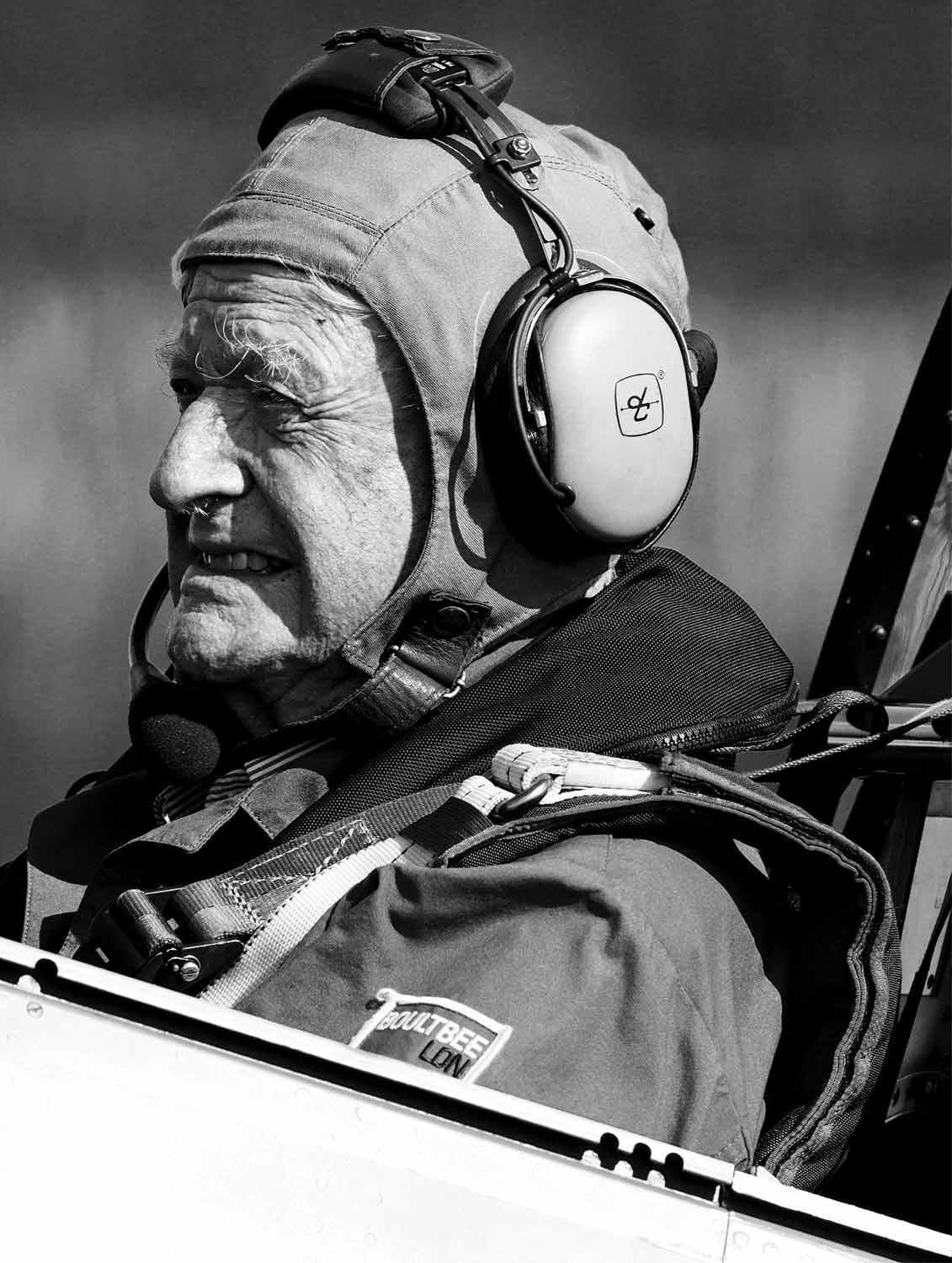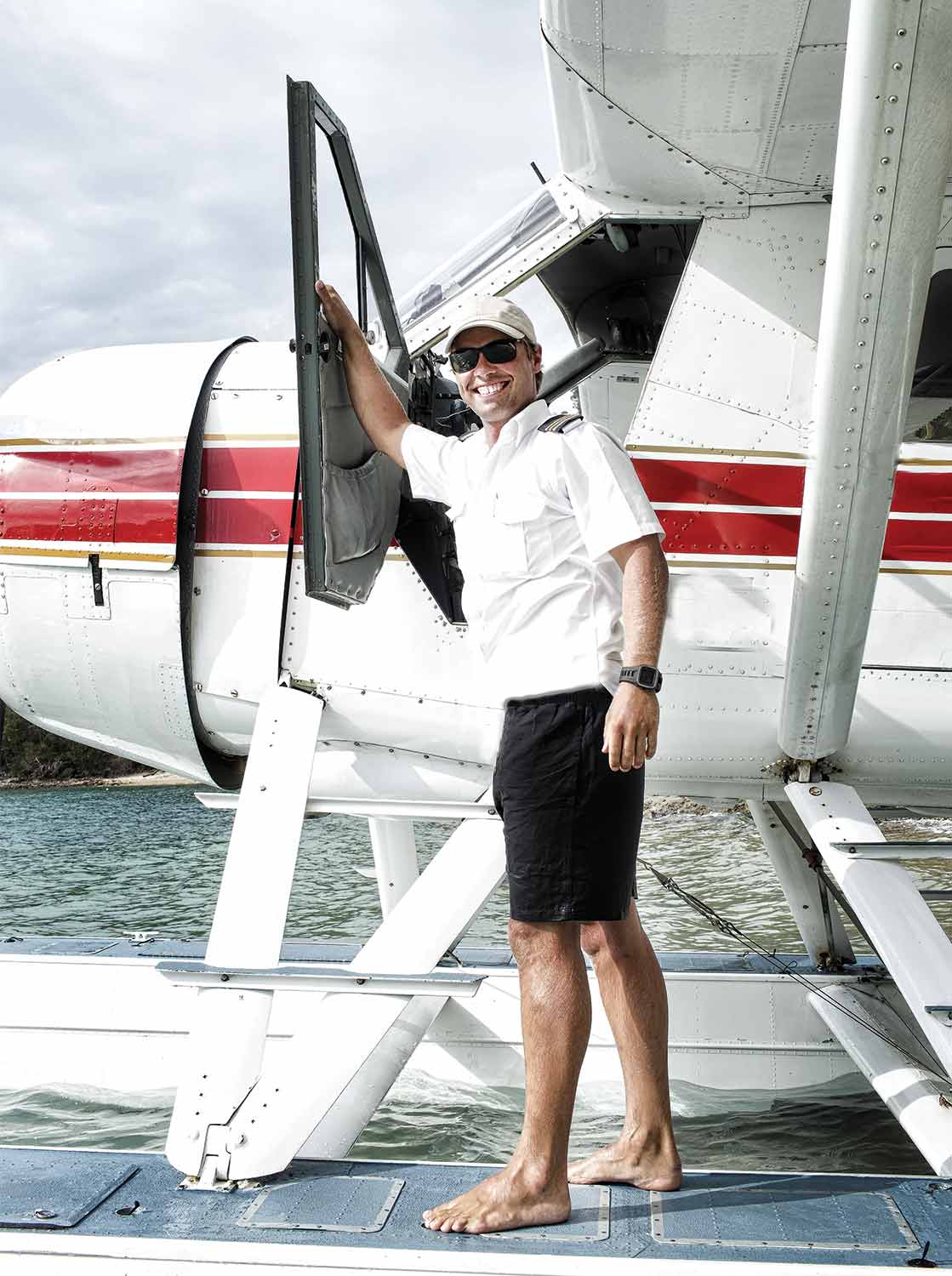I’ve been reading this magazine for two-thirds of my life, ever since I was an eager-eyed lad of 12. Back then, the arrival of Flying‘s newest issue was a highlight of my month. I’d read Len Morgan first, then Gordon Baxter, then Mac McClellan, Dick Collins and Peter Garrison, and then everything else. I had no clue about half the stuff I read, but at least it got me familiar with aviation lingo. I drooled over and plastered my bedroom with spreads of all sorts of airplanes: GA, corporate and transport, props and jets, vintage and new, and bleeding-edge prototypes. If it had wings, I loved it and couldn’t read enough about it. I still remember a lot of the covers, and some of my favorite stories — like the time Flying paired up with Car and Driver to race a Mooney MSE against a Ferrari 456GT across the wastes of West Texas. That one prompted a lot of angry mail from straight-laced law-and-order types, but I thought it was as cool as anything I’d ever read. Adolescence seemed so slow and dull, but by reading the words of the guys who got to do and fly it all, I put myself in their shoes for a few blissful hours and dreamt of living that life.
Not to be too self-congratulatory, but since then I’ve built a life that I think my 12-year-old self would rather approve of. I fly jets across the country and around the world for a living. I enjoy flying neat old airplanes and even owned one and took it to cool places like Baja and the Bahamas. I have a loving, adventurous wife and an obliging pup to tag along on my various harebrained adventures, whether they involve airplanes, motorcycles, sailboats or a rucksack. And best of all — somebody pinch me! — I get to write for the very same magazine I’ve been reading all these years. Never in my wildest dreams did I see that one coming.
I’ve met quite a few fellow Flying fans and readers over the years, and have come to realize that they fall into two distinct groups. The first, most obviously, are the pilots. There is enough demographic uniformity among this group to make some grossly broad statements about them. They tend to be white men, mostly in their middle ages or beyond, mostly with established, generally successful careers, and with average incomes well into the six digits. Entrepreneurs, doctors, lawyers and retirees are all well-represented. A less common subset of this group is the professional pilot, who tends to be younger, more diverse and less likely to be able to afford a new Cirrus SR22.

The second group of readers, which I suspect is as numerous as the first, includes the dreamers. These are people of all sorts who love aviation, who often have had a lifelong desire to become a pilot but for various reasons — often financial or familial — have not been able or willing to take the plunge. Some are hopeful that they will learn to fly someday, and reading about flying helps sustain the dream. Others fully expect that their dreams of flight will remain only that, but try to scratch their itch any way they can. I suspect many of them live vicariously through these pages.
These two categories are not mutually exclusive, mind you. A great many pilots, myself included, started as dreamers; I know some who remained ground-bound for decades before the stars finally aligned and they took to the skies. And really, few dreamers stop doing so once their initial goal is achieved. After I got my license, I dreamt of becoming a professional pilot. During the lean years of flight instructing and flying ratty old freighters in the middle of the night, I dreamt of flying big jets across the seas. And now that I’m doing that, my dreams tend to revolve around things like Super Cub floatplanes splashing into Alaskan lakes or a big, gleaming round-engine Cessna 195 of my own. Seeing dreams come true is addictive, and it becomes a sort of virtuous cycle: Dreaming and then doing begets yet more dreaming and doing. It leads to greater and grander things, and eventually to a deep-seated feeling that all things are possible.
Of course, not all doers are necessarily dreamers. Many driven, successful people are able to be coldly rational about their goals and desires and the optimal means of achieving them. They don’t waste time with romanticized fantasies; they simply decide what is possible, make a plan to achieve it and get on with it. For such people, doing is an ingrained habit, as natural as breathing. These folks are fairly common in aviation — we call them “Type A personalities.” Often, early success in life has given them the confidence and resources to achieve subsequent goals without too much delay or fuss. I admire these folks, but I can’t say I’m one of them. Maybe it’s my introverted nature, maybe it’s because delayed gratification was the norm of my childhood, but I find that I enjoy the anticipation almost as much as the reward. To me, doing without dreaming seems empty.
But what if the payoff never comes? Dreaming without fulfillment can be a disillusioning experience, one that triggers its own self-sustaining cycle of defeat. It’s an easy rut to fall into: Dreaming is cheap, while doing always has a price. Most obviously there’s the financial toll, particularly severe in learning to fly. But there’s also the hard work, the investment of time, the mental strain, the risk of failure and even the uncomfortable prospect of seeing your long-cherished dream sullied by unvarnished reality. Once you’ve allowed these limitations and fears to stop or indefinitely delay one dream, it’s all too easy to let them stop you the next time, and the time after that.

The bridge between dreaming and doing is making a plan. This can be a little terrifying, for it means putting your dream on paper and bending it to suit something approaching reality. It means you get to see the full, daunting scope of what is involved. It means committing to a timeline. But it involves some very practical, revealing steps: research, budgeting, talking to others who’ve been there before, breaking down each task into simpler subtasks, thinking about how to go about each one. The further down into the weeds you get, the less abstract your dream becomes, and even as you see the true price you will see the true possibility. Perhaps you realize that your goal is truly beyond your means, and you have to adjust your ambitions. This is OK — at least now you know what you can do! In the end, this is all just problem solving, and that’s one thing we humans are actually pretty good at.
When I was 20, I made a list of my life’s goals — a bucket list, if you will. One was to sail around the world. Anybody who’s spent much time on the ocean on a sailboat knows just how ridiculously ambitious this is; at the time I hadn’t, and didn’t. As I gained experience and learned just how big the world is at 6 knots, I scaled back my ambition to simply living aboard and cruising under sail for a few years. This was still a distant dream until two summers ago, when Dawn and I decided to make a plan, sell everything and buy a boat. The idealized dream rapidly gave way to intensive planning, tough choices, hard work, sweat, and discomfort and frustration as our hard-gained savings rapidly dwindled. Once again, I realized that a dream and reality are two different things, with very different costs. But what a reward it has been thus far. I’m not certain I would have had the nerve to see it through if I hadn’t gone through all the same things when learning to fly. Likewise, going through the birthing pains of this dream will help me with the next, whether it’s restoring an old airplane or a revived plan to sail around the world.
Out cruising on the boat, as in general aviation circles, I am in nearly constant contact with people who are both dreamers and doers. It’s awe-inspiring to see others achieving their own lofty goals, and it gives me confidence when I come up against new challenges; I think, If they can do it, so can I. Away from sailors and pilots, I meet far too many people with a long-repressed dream in their heart and a deathbed of regret not too many years into their future. They all have a sob story to tell, filled with very good reasons they didn’t do the things they always wanted to do. I’ve vowed never to become one of them, and I hope you don’t either. If you’ve been dreaming of learning to fly for years, or doing more as a pilot — perhaps keeping the dream alive through these pages — consider this a wake-up call. You’re not getting any younger. You will never wish you had waited longer. Resolve to turn your dream into reality, and then make a plan to make it happen.




